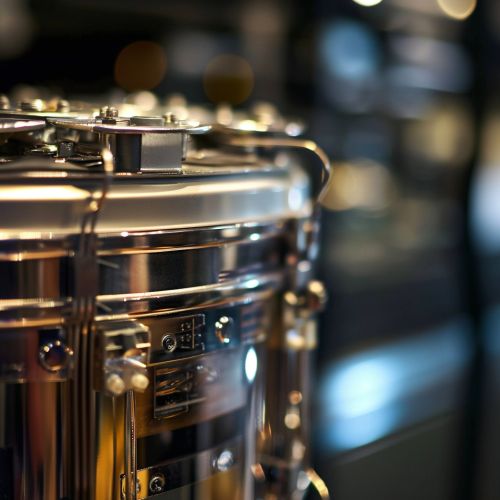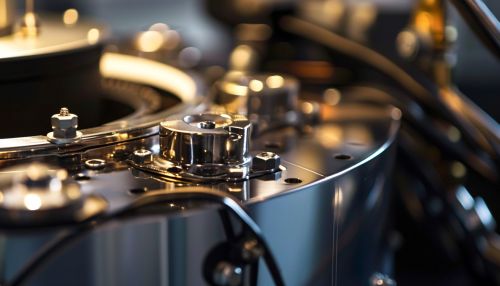Nickel-metal hydride battery
Introduction
Nickel-metal hydride battery (NiMH) is a type of rechargeable battery that uses a nickel-based positive electrode and a negative electrode made of a metal hydride. The battery technology was developed to overcome the limitations of the earlier nickel-cadmium batteries. NiMH batteries offer higher energy density and are less harmful to the environment due to the absence of cadmium.
History
The development of NiMH batteries began in the 1970s as an effort to improve upon nickel-cadmium (NiCd) batteries. The first commercial NiMH batteries were introduced in the late 1980s by Battery Energy Storage System (BESS) companies. The technology has since been improved and refined, leading to the high-performance NiMH batteries available today.
Chemistry
The chemistry of NiMH batteries involves the movement of protons (H+) from the negative to the positive electrode during discharge. The metal hydride in the negative electrode is a host structure that can absorb and release hydrogen, allowing for the storage and release of electrical energy. The nickel electrode, on the other hand, is the positive electrode that accepts the protons during discharge.
Design and Construction
NiMH batteries are designed and constructed in a similar way to other rechargeable batteries. They consist of a positive electrode, a negative electrode, a separator, and an electrolyte. The positive electrode is made of nickel hydroxide (Ni(OH)2), while the negative electrode is a metal hydride. The separator is a non-conductive material that prevents the electrodes from coming into contact and causing a short circuit. The electrolyte is typically a solution of potassium hydroxide (KOH).


Performance
NiMH batteries have a higher energy density compared to NiCd batteries, which means they can store more energy for the same size. They also have a lower self-discharge rate, meaning they retain their charge for longer when not in use. However, they have a shorter cycle life compared to lithium-ion batteries and are more sensitive to high temperatures.
Applications
NiMH batteries are used in a wide range of applications, from consumer electronics like portable media players and digital cameras to electric vehicles and hybrid cars. They are also used in some industrial applications and in renewable energy systems for energy storage.
Environmental Impact
NiMH batteries are less harmful to the environment compared to NiCd batteries as they do not contain cadmium, a toxic heavy metal. However, like all batteries, they need to be properly disposed of or recycled to minimize their environmental impact.
Future Developments
Research is ongoing to improve the performance of NiMH batteries, with a focus on increasing their energy density, improving their cycle life, and reducing their cost. Some of the promising areas of research include the development of new metal hydride materials and improvements in battery design and manufacturing processes.
